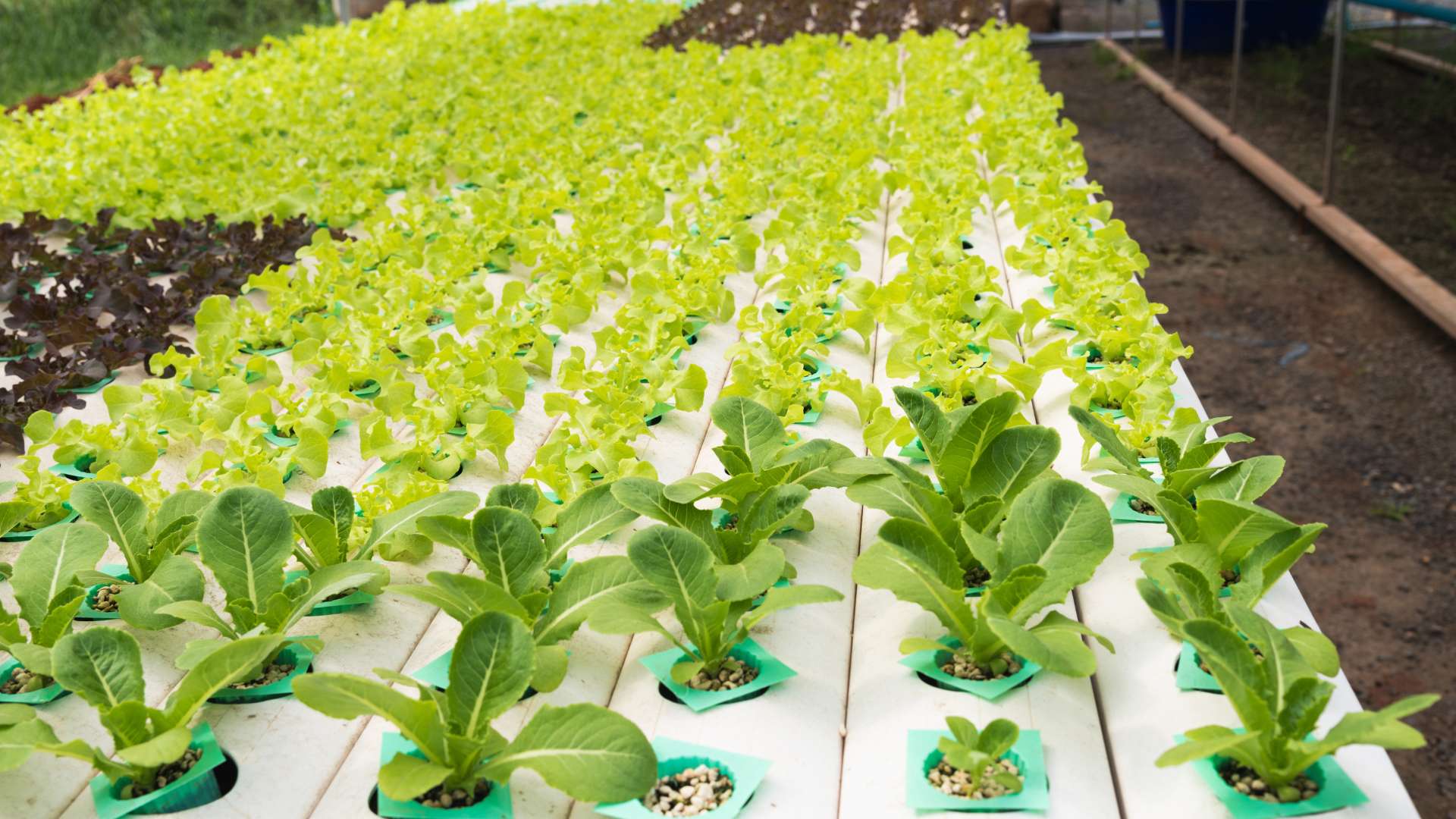Galapagos Islands' unique biodiversity is an important natural resource that must be conserved. We have an obligation as visitors and conservationists to protect and minimize the impact we make on this fragile eco-system. This commitment is exemplified by two key initiatives on Seaman Journey: The Citizen Scientist Program and the Hydroponic Garden in San Cristobal. The Citizen Scientist Program involves traveling to collect scientific data using photography. On the Seaman Journey guests and crew members can take pictures of species like whales and share coordinates. The photos are used for research on whale behavior and migration.

Hydroponic farming is another example of sustainability being integrated in daily operations. Seaman Journey produces vegetables like tomatoes, cucumbers, lettuce and other greens in its own garden, rather than importing them, which could introduce diseases and invasive species. The Seaman Journey uses crops that are pest-free and free from contaminants to save 90 percent more water than conventional methods. They also ensure year round production. On board the Seaman Journey guests can enjoy organic, fresh food that is grown in greenhouses located on San Cristobal. The carbon footprint is reduced and the environment on the islands is protected. Local experts claim that this approach has been effective at preventing the spread of invasive species, and improved the quality onboard.
The Citizen Scientist Project and the hydroponic farming are both committed to conservation and sustainability in Galapagos. Seaman Journey sets an example of responsible tourism by involving tourists in science. Please join us to protect this unique archipelago by learning more about our initiatives.

Hydroponic farming is another example of sustainability being integrated in daily operations. Seaman Journey produces vegetables like tomatoes, cucumbers, lettuce and other greens in its own garden, rather than importing them, which could introduce diseases and invasive species. The Seaman Journey uses crops that are pest-free and free from contaminants to save 90 percent more water than conventional methods. They also ensure year round production. On board the Seaman Journey guests can enjoy organic, fresh food that is grown in greenhouses located on San Cristobal. The carbon footprint is reduced and the environment on the islands is protected. Local experts claim that this approach has been effective at preventing the spread of invasive species, and improved the quality onboard.

The Citizen Scientist Project and the hydroponic farming are both committed to conservation and sustainability in Galapagos. Seaman Journey sets an example of responsible tourism by involving tourists in science. Please join us to protect this unique archipelago by learning more about our initiatives.